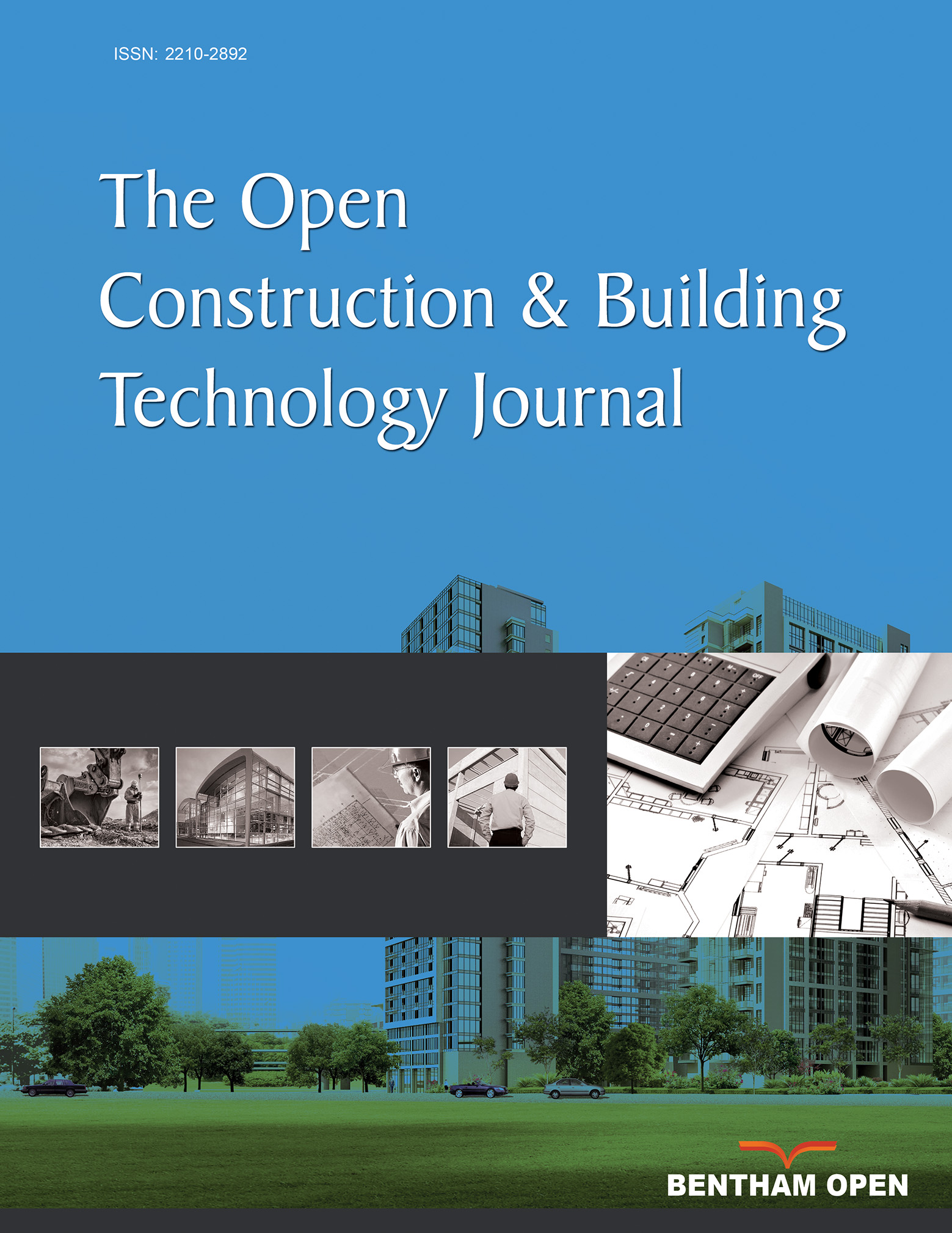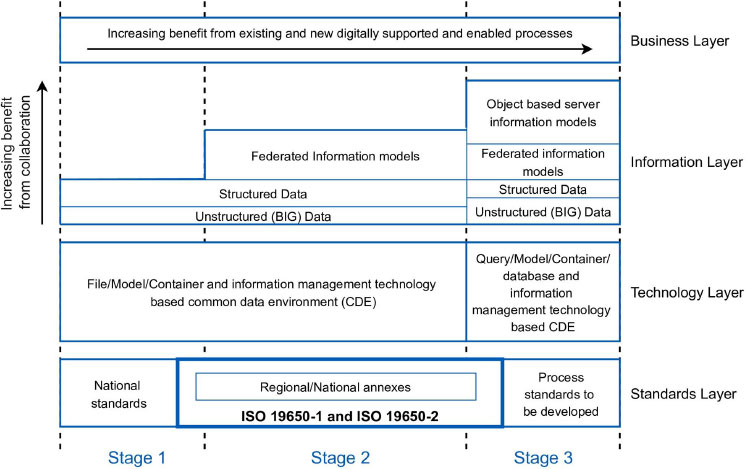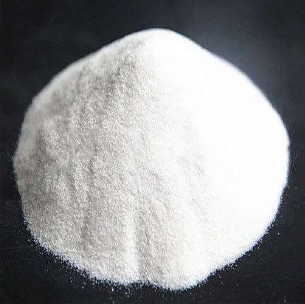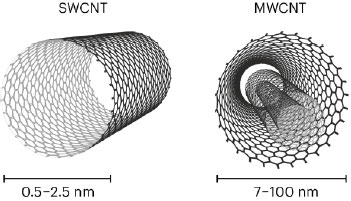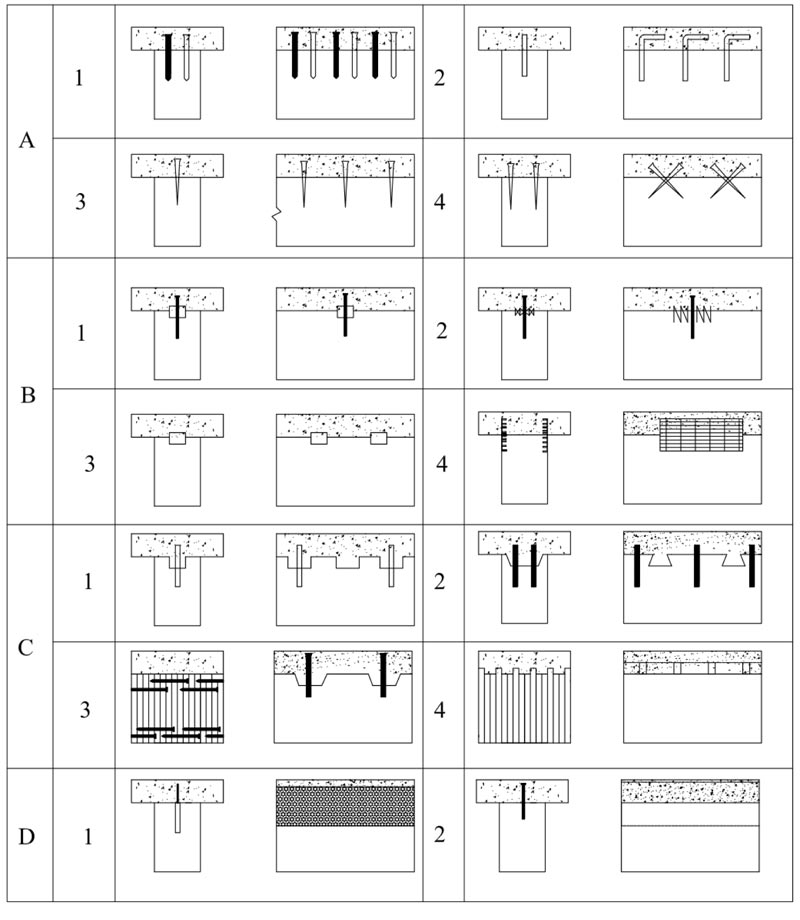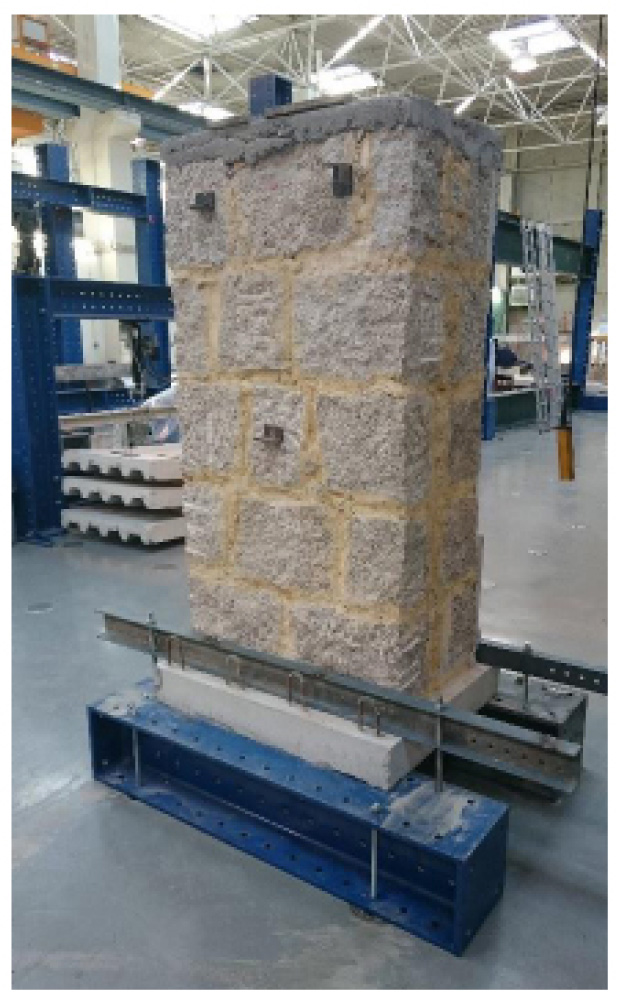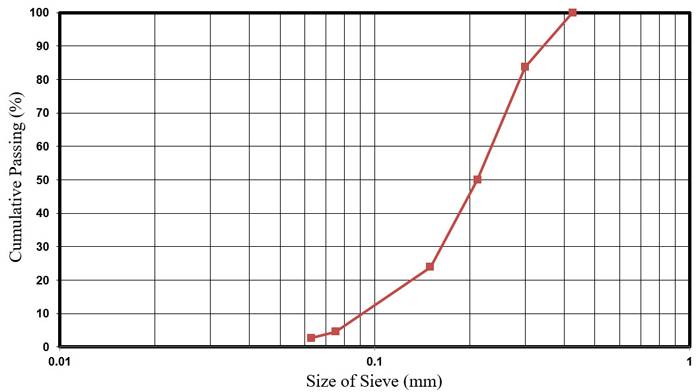The Open Construction & Building Technology Journal is an open-access journal that publishes original research articles, review/mini-review articles, short articles (letters), and guest-edited single-topic issues on all areas of construction and building technology. It also includes articles on topics related to building and structural engineering as well as to building materials (mechanical and physical characteristics). The journal is essential reading for researchers, engineers, and academic and industry professionals. The journal encourages submissions related to the following fields of construction and building technology:
- Additives
- Cement, concrete reinforcement, bricks, and mortars
- Ceramics
- Corrosion technology
- Glass fibres
- Modeling of mechanical properties of structural materials
- New works and repair /maintenance of all civil engineering structures
- Polymers
- Soft computing techniques in structural engineering and materials
- Steel
- Structural design, diagnostics, and health monitoring
- Timber
- Other related areas
The Open Construction & Building Technology Journal, being a peer-reviewed journal, is an important and reliable source of current information on important developments and research in the field. Emphasis is placed on publishing quality papers, making them freely available to researchers worldwide.
The Open Construction & Building Technology Journal is an international, peer-reviewed, open-access journal covering all aspects of construction & building technology published continuously by Bentham Open.



